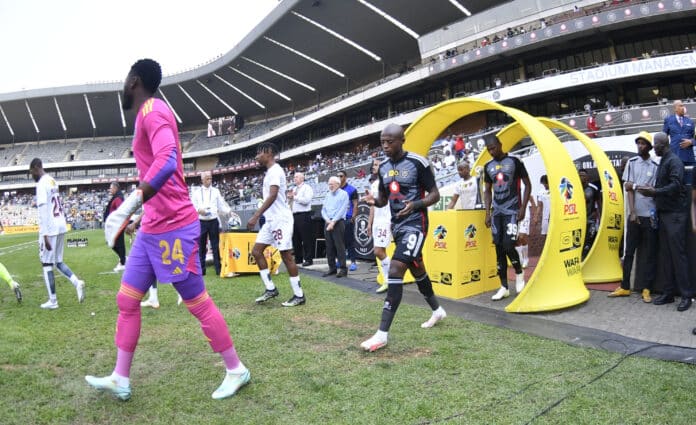
If you are a fan of the DSTV Premiership and Orlando Pirates, then you must have heard of plans by Bucs to rename the Orlando Stadium.
The Sea Robbers have not had a stellar season so far in the league but have already made it to the MTN8 final.
Orlando Pirates have not been in imperial form, but despite their 0-1 home loss to Stellenbosch in the MTN8 2nd leg semi-final, they scraped through via the away goals rule after winning the away match 2-1.
Will a name change give the Orlando Stadium the air of invincibility that has since departed the place Bucs call home for the past two decades?
The club is mulling honouring an iconic figure – Winnie Madikizela-Mandela, by naming the stadium after her.
While some have hailed the idea of honouring Winnie Mandela by renaming the stadium after her, others don't agree.
In this piece, we give you five facts about the Orlando Stadium – home of Bucs, steeped in the deep traditions of South African football and has delivered countless memorable moments.
Orlando Stadium did not host any 2010 FIFA World Cup matches
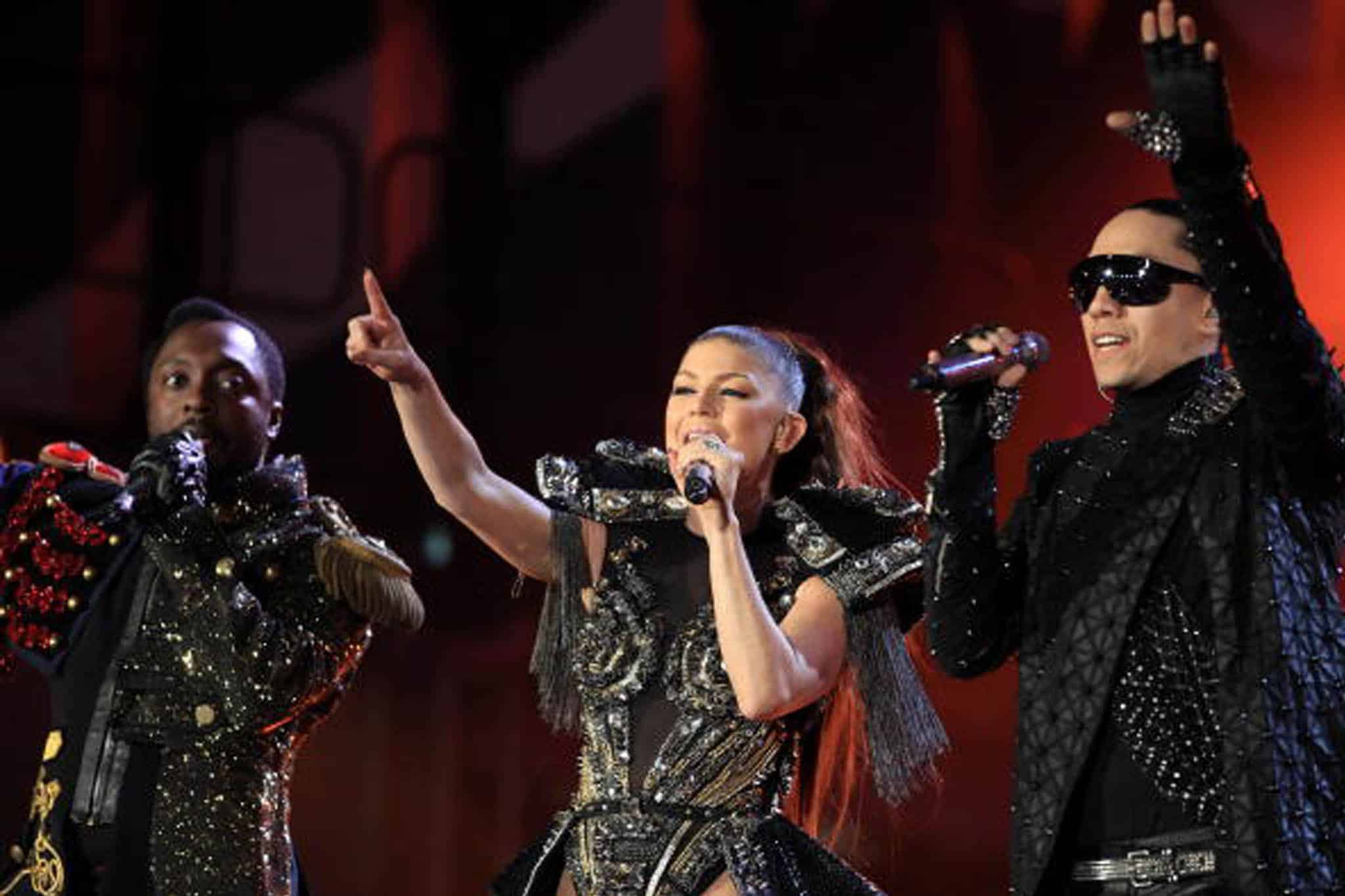
Despite its upgrade and redevelopment between 2008 and 2010, the Orlando Stadium was deemed good enough to serve as a playing centre.
However, the World Cup organisers used the stadium as a training venue for the tournament.
The stadium also served as a venue for the FIFA World Cup Kick-Off Celebration Concert on 10 June 2010.
Artists such as Hugh Masekela, the Parlotones, Freshlyground, the Soweto Gospel Choir, Alicia Keys, The Who and Kelly Clarkson performed at the concert.
This video was taken later today at Orlando Stadium. Khuphuka bhakaniya! 🏴☠️ #OnceAlways pic.twitter.com/N9kUu81k1R
— STAR. (@makwande_m) September 20, 2023
Others who performed include Mariah Carey, Rod Stewart, the Dave Matthews Band, Manfred Mann's Earth Band, Justin Bieber, John Legend, the Black Eyed Peas, and Shakira.
The new Orlando Stadium was built from scratch in 2008.

The Orlando Stadium was first built in 1959 and is located in the heart of Soweto.
When South Africa won the hosting rights for the 2010 FIFA World Cup, the stadium was demolished and rebuilt from scratch for R280 million.
The redevelopment boosted its facilities and turned it into a 40,000-capacity stadium.
Other facilities include 21 hospitality suites, two open hospitality areas, conference rooms, a gymnasium and a 200-seater auditorium.
The stadium has also hosted Rugby games including a Super 14 Rugby union semi-final in 2010.
It also the 2010 Super 14 Final, a week later due to the Bulls' usual home ground Loftus Versfeld Stadium being unavailable.
A symbol of apartheid resistance
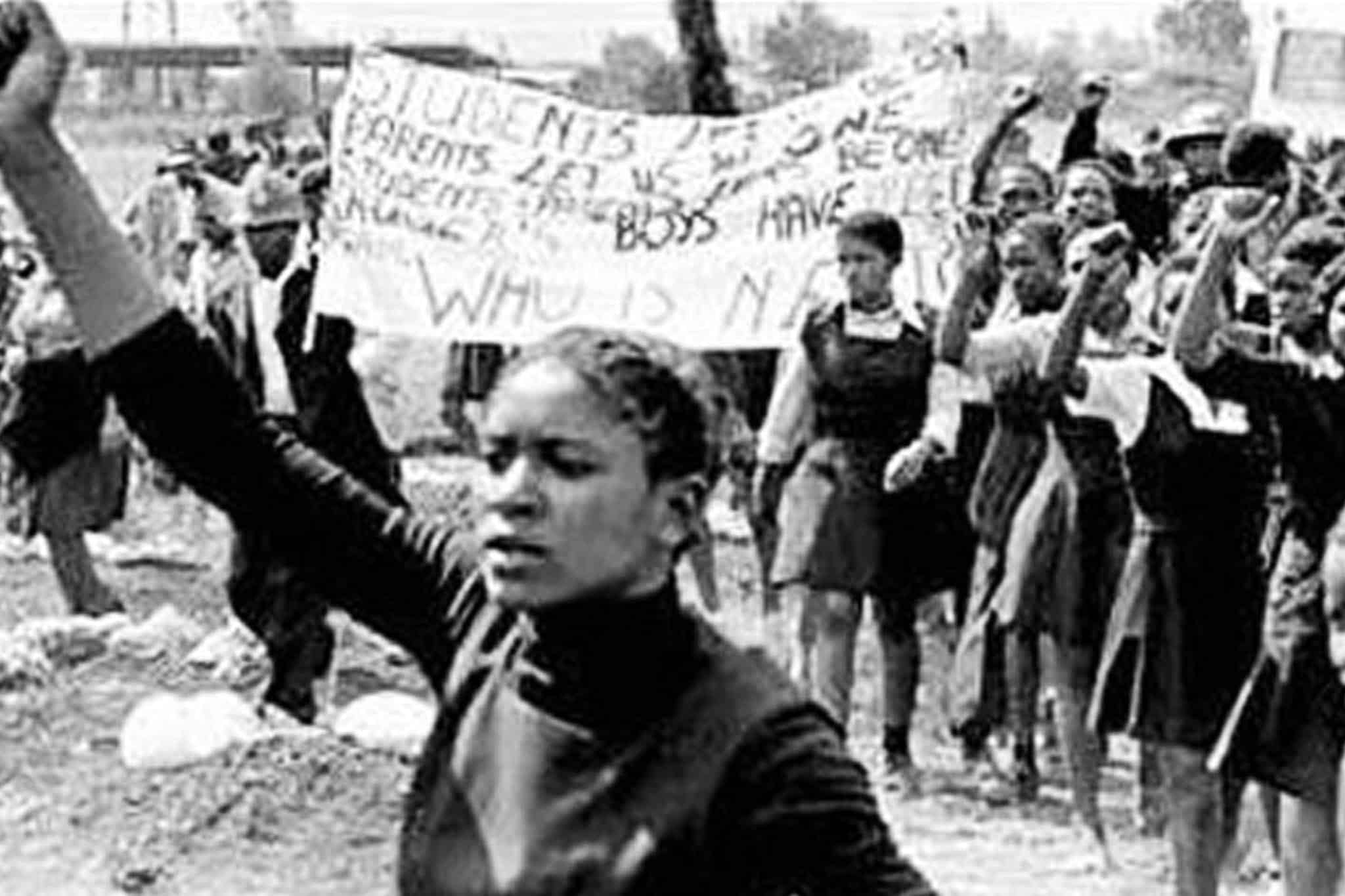
Despite being built for the Johannesburg Bantu Football Association and opened by the Minister for Bantu development, MC de Wet Nel, and Ian Maltz, who was then Mayor of Johannesburg, on 2 May 1959, the stadium later became a symbol of Apartheid resistance.
In June 1976, several deaths occurred after thousands of black students marched to Orlando Stadium to protest at having to learn the Afrikaans language.
Police teargassed the students, resulting in the start of the Soweto Uprising.
The stadium also hosted the funerals of African National Congress stalwart Joe Slovo and Walter Sisulu in 2003.
Guests at the funeral included Thabo Mbeki, Nelson Mandela, Joaquim Chissano of Mozambique, Robert Mugabe of Zimbabwe, and Pakalitha Mosisili of Lesotho were among the mourners.
In 1994, South Africa became democratic. On the anniversary of the Soweto Uprising, Nelson Mandela gave a speech at this stadium.
The first stadium in the Soweto township
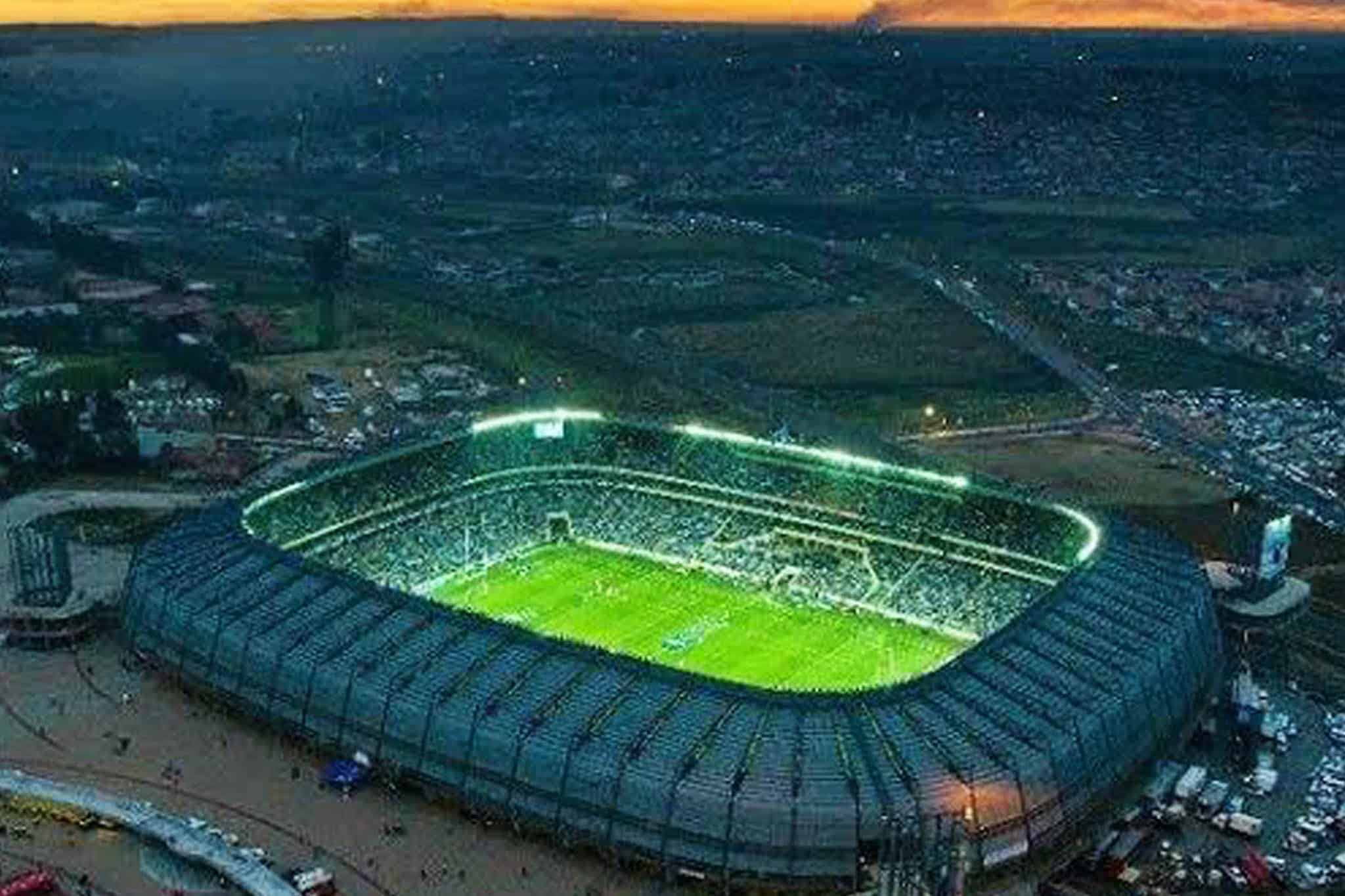
The Orlando Stadium is the first in Soweto. It was built in 1959 before its redevelopment began in 2008.
It is the fourth largest football stadium in the Gauteng region (in capacity) behind the FNB (84,736), Ellis Park (62,567) and the Loftus Versfeld Stadium (51,762).
It ranks 14th in South Africa capacity-wise and is bigger than 11 other stadiums in the Gauteng region.
Orlando Stadium was the first-ever sports facility built for black South Africans in a residential area
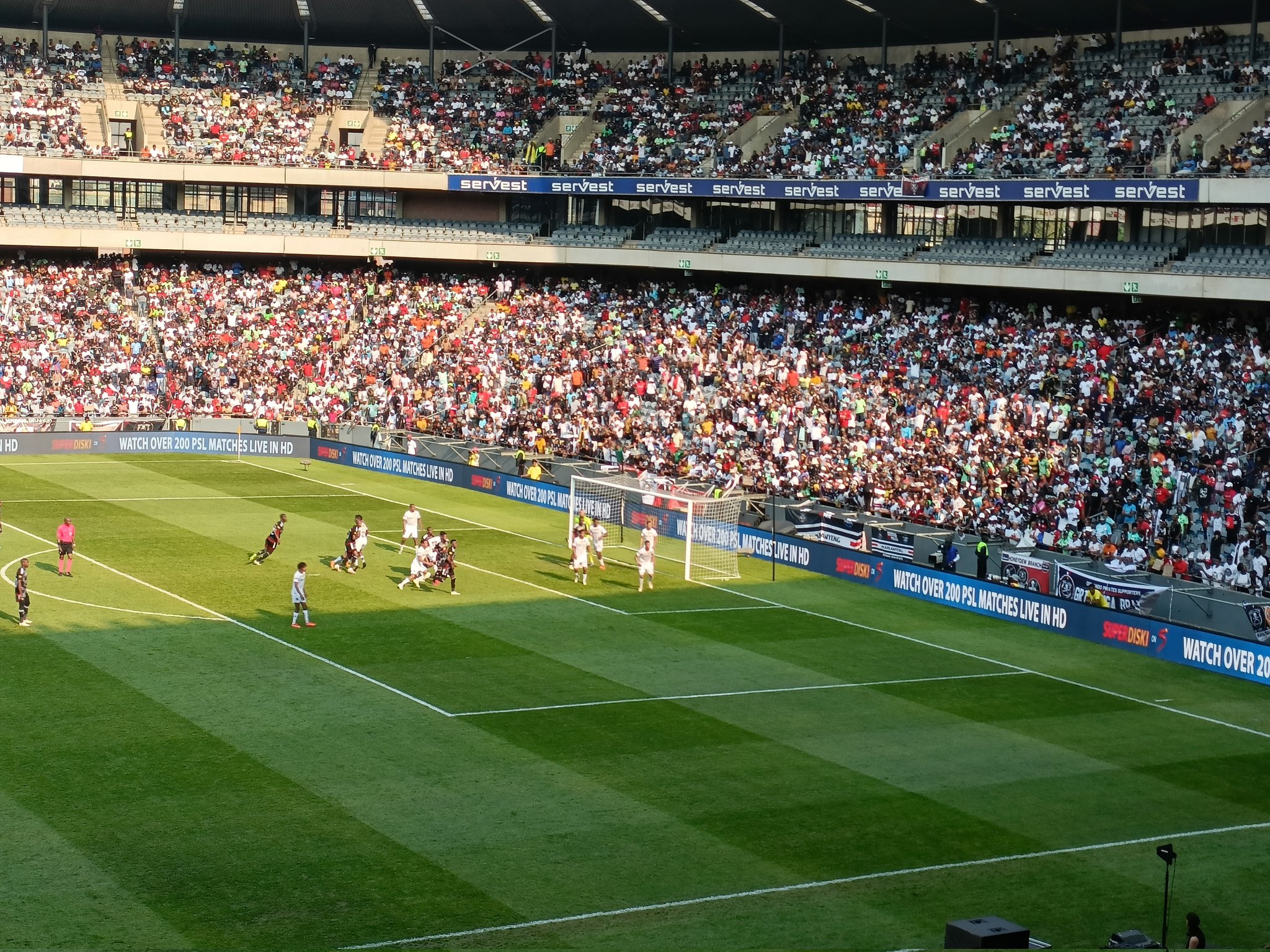
The National Party introduced apartheid in 1948.
It added sport-specific restrictions from the late 1950s, on interracial sports within South Africa and international travel by nonwhite athletes.
The Orlando Stadium became the first black sporting facility built in a residential area in 1959.
There was a backlash on the policy as international federations decided to boycott having engagements with apartheid South Africa.
There was debate about whether the boycott aimed to oppose segregation in sports or Apartheid in general, with the latter view prevailing in later decades.
This article was most recently revised and updated 1 month ago